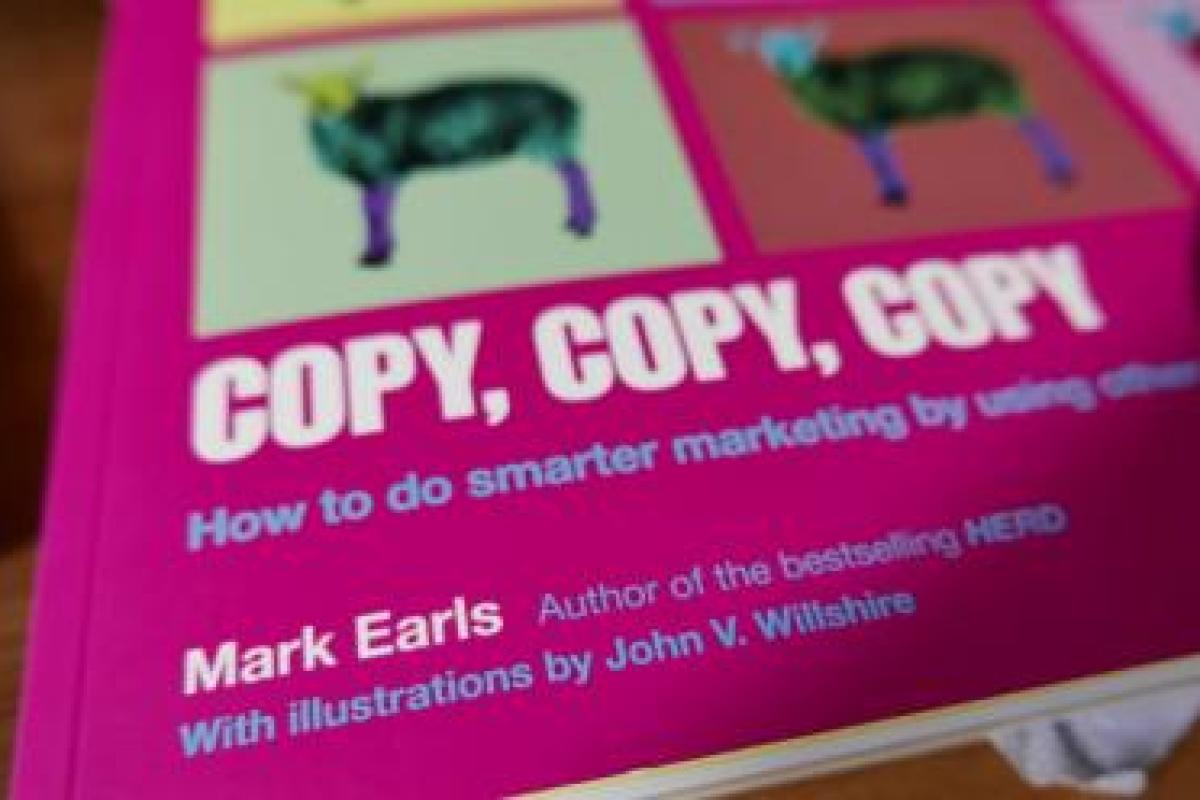Mark Earls' book is build around a profound human truth. We, as "social creatures", have constant access to each other's brains and we therefore constantly mirror people and experiences. That's the way we learn and progress. It is "Homo Sapiens", but also "Homo Mimicus". We all "outsource the cognitive load", as Earls puts it.
Elvis Presley was basically a cover artist, Shakespeare wrote only 3 original plots (the rest were re-interpretations of books he found on the bookstall of the City of London), James Watt's steam engine was the (much) improved version of the "Newcomen Engine", in use for almost 50 years for pumping water from mines. And so on.
"Inventing" is key for human progress, but it brings a few challenges. People are quite "inertial" and they seldom adopt new behaviors. Apple's story is revealing. The launch of the Newton - the first PDA - was a failure as it expected people to adopt a new usage behavior. On the other hand, the iPhone's model of progressive improvement continues to be very successful. Therefore, innovation and invention are NOT necessarily on the same track. As Coco Chanel once said "Only those with no memory insist on their originality".
Obviously, Earls believes that copying is a powerful driver of creativity in our marketing world. The genius marketeer delivering a successful strategy from scratch - by working hours and hours at her/his desk - is just a stereotype or, even worse, an illusion. Therefore, this book aims to be a "How To" guide to fully benefit from the power of copying. You will find plenty of maps, models, templates, brainstorming frames and case histories to help you in your journey to become a perfect "copycat".
In essence, Earls recommend to focus on 4 areas:
- Embrace your inner copycat, as this is innate in our human nature.
- Copy loosely and allow you to make "errors", as this will generate originality and novelty. Hence, the "way" you copy is essential in the creativity recipe.
- Copy from far away, as you can solve your problem from a complete different perspective. Great example is the story of Ian Schrager - the founder of Studio 54, a very famous night club in New York in the '70s. In his very long autobiography (407 pages) he explains how he learned from the experience of managing Studio 54 to create and implement the then new idea of "Boutique Hotels", so popular nowadays.
- Use "what kinda" questions to work out whom/what to copy. Knowing what kind of problems must be solved is essential to decide where and how to copy. A great example is the paediatric heart surgery team at the Great Hormond Street Hospital in London. Operations could last very long, making the surgeons tired and increasing the likelihood of mistakes. Speed and Precision were essential and they learned a few lessons from the pit stop teams in Formula 1.
In summary, Reinventing and not Inventing is the key engine of creativity in our industry. And, as Pablo Picasso (a proud "copycat" himself) once put it "To copy others is necessary, but to copy oneself is pathetic."
Loved the book, a disruptive but honest way to look at our industry, but with the positive attitude of providing new ideas and solutions.
